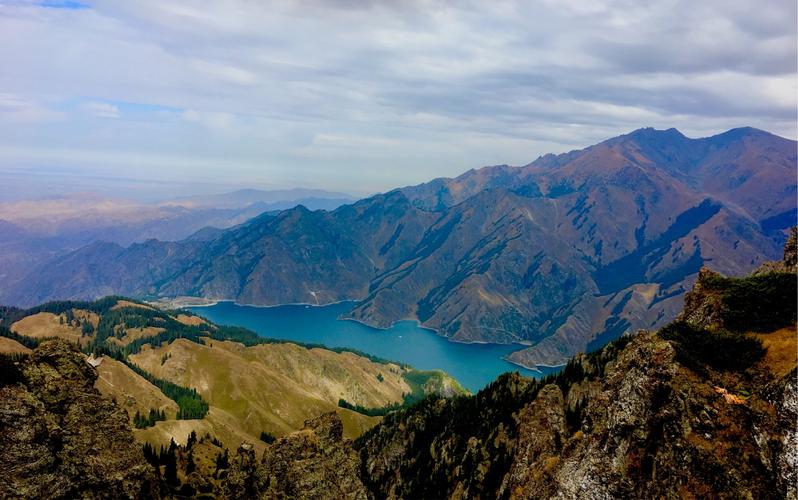Exploring the Fascinating Human Cultural Evolution Timeline: A Journey Through Centuries of Progress
The human race has an extraordinary history of cultural evolution. In fact, and as impressive as it may sound, humans are the only animals on earth to have created a shared culture. From the early days of hunting and gathering to the Industrial Revolution and beyond, the human cultural evolution timeline is an endless source of fascination filled with astounding discoveries and innovations, offering us an insight into how we have progressed over the centuries.
Early Days of Hunting and Gathering
The first signs of human civilization trace back to the Paleolithic era, also known as the Stone Age. During this era, humans lived in small groups and survived by hunting and gathering food. They used stone tools, as evidenced by the famous cave paintings in Lascaux, France, depicting early humans hunting animals. These early humans did not have a written language to record their experiences, but their oral traditions and stories passed through generations have shaped their cultures and beliefs.
The Agricultural Revolution
The Agricultural Revolution is the period when humans started domesticating plants and animals and settling in one place, leading to the rise of agriculture, villages, and cities. This era marked the beginning of the Neolithic period and is crucial as it allowed humans to focus on tasks other than just hunting for food. During this period, humans created irrigation systems, pottery, and other agricultural tools, enabling them to cultivate crops and create surpluses. This development led to trade and commerce, with people exchanging goods and ideas, eventually leading to the development of writing in various cultures.
The Industrial Revolution
While the Agricultural Revolution was a turning point in human history, the Industrial Revolution marked a shift from an agriculture-based society to an industrialized one. The Industrial Revolution brought in an era of technological advancement with machines replacing manual labor. It was during this period that steam engines, weaving machines, and automated looms led to mass production and a rise in population. The discovery of coal and other minerals led to rapid industrial growth, and with technological advancements like the telegraph and steamship, trade and commerce were revolutionized.
The Technological Era
The Technological Era saw the rise of information technology, leading to the digital revolution, a new age of information. The internet, invented in the late 1960s, has completely revolutionized modern life, connecting everyone globally. The introduction of smartphones, iPads, and other smart technology devices has led to globalization and the rise of the gig economy. The technological era has allowed humans to communicate and share information with each other quickly and efficiently, leading to unprecedented growth and development in various fields.
Conclusion
The human cultural evolution timeline is a testament to human progress and achievements. From the early days of our existence as hunters and gatherers to the modern-day technological advancements, humans have come a long way. Throughout history, culture has been the thread that united people, creating a shared identity and belief system and shaping the way we think and live. Acknowledging our cultural evolution and understanding our history is key to our development and progress, and a constant reminder that we can always learn from our past to ensure a better future for all.
(Note: Do you have knowledge or insights to share? Unlock new opportunities and expand your reach by joining our authors team. Click Registration to join us and share your expertise with our readers.)
